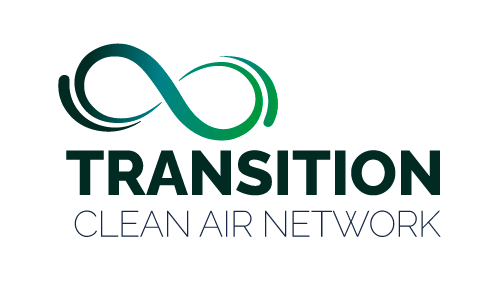Characterising emerging air quality challenges and risks
We plan to identify the current sources of transport pollution, and project how these are likely to change through the low-emission mobility revolution. We are likewise tracking evolving patterns of exposure to these pollution sources, and the vulnerability of those exposed, to improve our knowledge of the health impacts for people in different locations and population groups.
Environments of particular interest include: areas frequented by pedestrians and cyclists in proximity to major transport infrastructure (e.g. roads and railways); places we access public transport (e.g. bus, tram and train stations); and the micro-environments encountered along journeys from door-to-door (e.g. at the bus stop, or queuing for a taxi, and inside vehicles of different types).
Technological innovation – not just how we fuel our vehicles and protect their occupants, but even how we ‘purchase’ mobility from place to place – offers opportunities to improve air quality and health outcomes. We plan to capitalise on uptake of electric, connected and autonomous vehicles, shaping their design for better in-vehicle as well as outdoor air quality, and supporting the movement towards on-demand mobility.
As we plan for the future, we must ensure transport plans are resilient to the many and varied uncertainties: what will the uptake of new vehicle technologies be, how will behavioural changes (e.g. in relation to Covid-19) influence transport choices and how will air quality challenges intersect with those of climate change and ‘net zero’ ambitions? The TRANSITION Clean Air Network investigators and partners are committed to working together to define and solve these major complex scientific and policy challenges.
